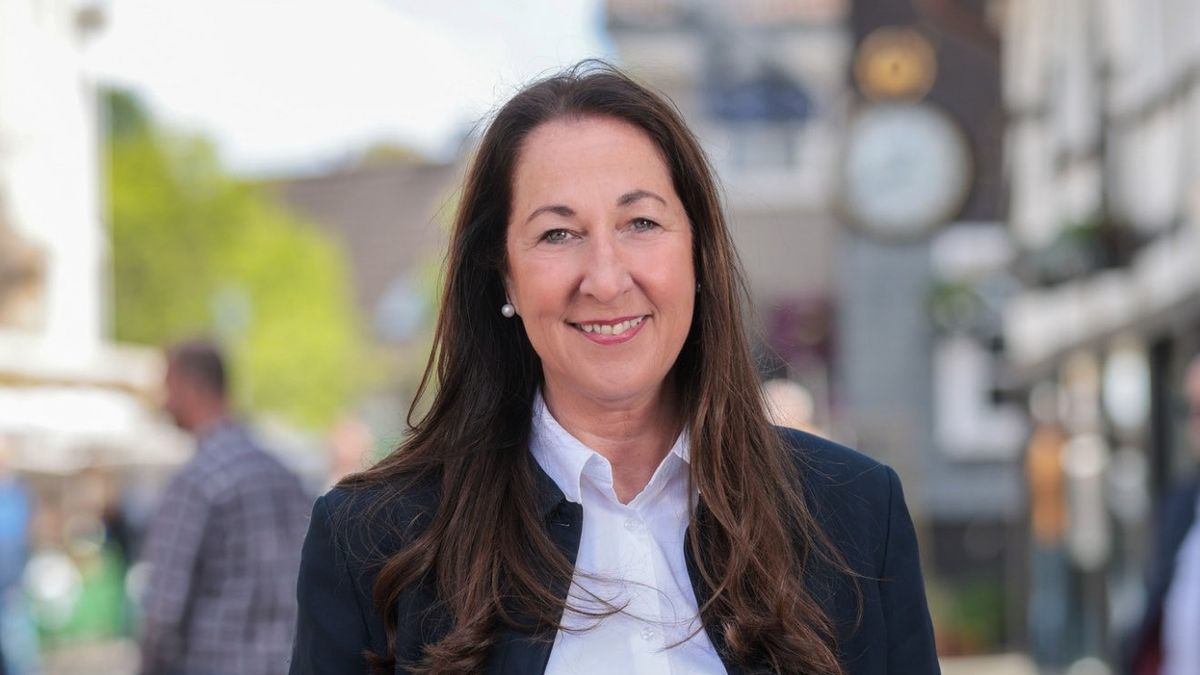Assistance to the Treasury already reaches 2.5% of GDP and in October (until the 22nd) there was a record financing in the year of $ 257,712 million, totaling $ 790,312 million. It is a mountain of paper that erodes the value of the peso every day, in a context of crisis of confidence in which demand for the peso is falling.
Obviously, this crisis of confidence, which has worsened in recent years, due to the lack of structural reforms, increases in those periods with a high degree of uncertainty, such as the electoral year. Also, they scare the application of short-term policies such as price control that end up generating more problems in the markets in the medium term, such as a potential shortage and a worsening of social unrest. This causes the shot against the weight.
For this year it is estimated that the blue dollar will reach $ 200 after the elections. Both external and internal factors would explain the rise in parallel dollars in the coming months. Political instability, the lack of structural reforms to resolve the crisis of confidence that arose in our country in recent years, and the stabilization of commodity prices from the second half of the year play a central role among internal factors. it causes a lower inflow of foreign exchange from the external front.
The markets observe that every day there is a drain on reserves and the monetary policy authority is running out of firepower to deal with a currency run. Until now, the main objective of the government was to keep the dollar stable, it was known that if a few months or weeks before the elections the exchange rate soared, it would cause social unrest due to the loss of purchasing power in the pockets of Argentines. Therefore, the foreign exchange markets were intervening strongly.
In addition, the economic crisis forced people to turn to their dollar buffers to deal with the liquidity crisis; From the external front, the rise in commodity prices allowed more dollars to enter; and, the personal property tax and large fortunes generated by the sale of dollars to pay these taxes at the beginning of the year. So there was a rise in the supply of dollars that offset the increase in demand for dollars.
However, as we approached a context of greater uncertainty due to the political elections, the BCRA had to intervene more and more in the exchange markets to stabilize the dollar. Obviously, in order to calm the markets, a shock of structural reforms is necessary to restore people’s confidence, fundamentally by reducing the fiscal deficit.
However, as the government itself assured, what is expected is not more austerity but a deepening of populist policies. Argentina, as we mentioned initially, does not have the margin to continue applying the same harmful policies. Therefore, a fiscal expansion implies more monetary injection and more corrosion of the local currency.
Finally, the country must face a context of greater uncertainty with the central countries that still have to overcome their own internal problems such as high inflation rates, the reappearance of new strains and the shortage of basic inputs necessary for production. Therefore, relying on the external front, as they did this year, is not an option. So the dollar is likely to rise again strongly by the end of the year.
Obviously, estimating a ceiling for the dollar when the country needs deep reforms is quite utopian. We urgently need a reduction in the fiscal deficit via reduction of public spending, downsizing of the state apparatus, reform of the pension system, labor modernization, educational reform, reform of the federal co-participation system and trade opening. Only in this way could we consider the possibility of regaining confidence in the markets and guaranteeing a healthy currency.




